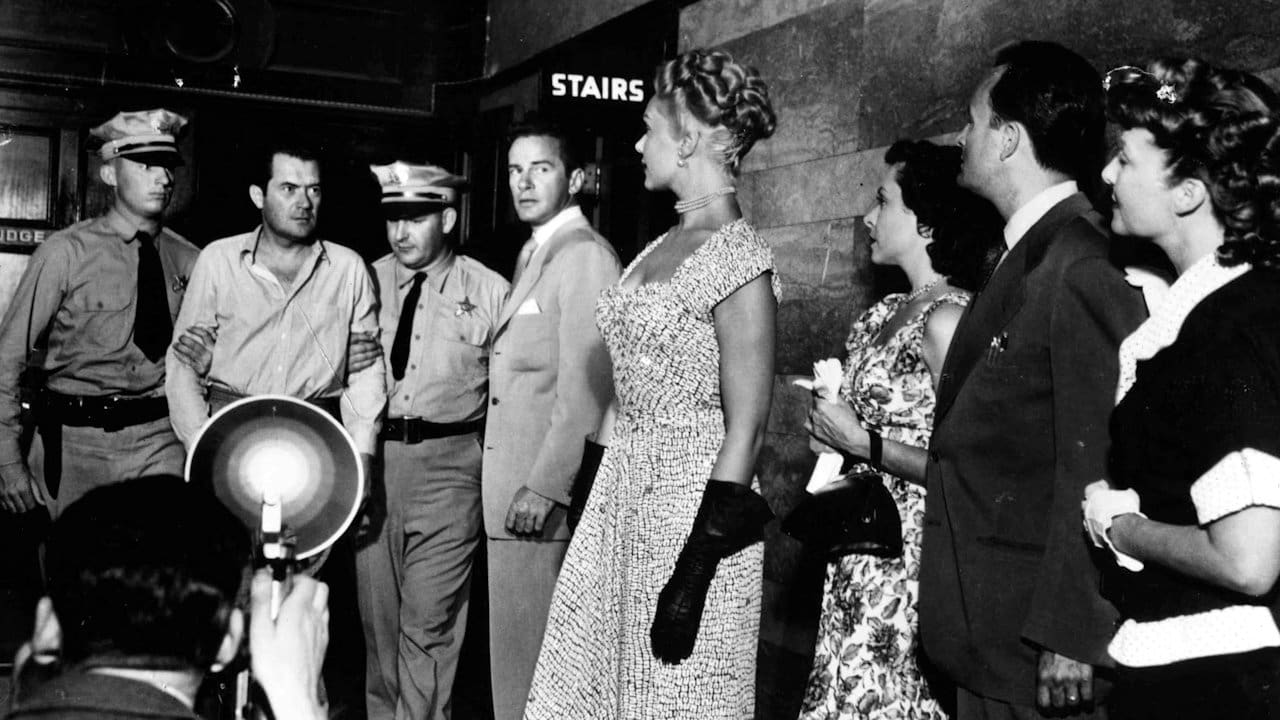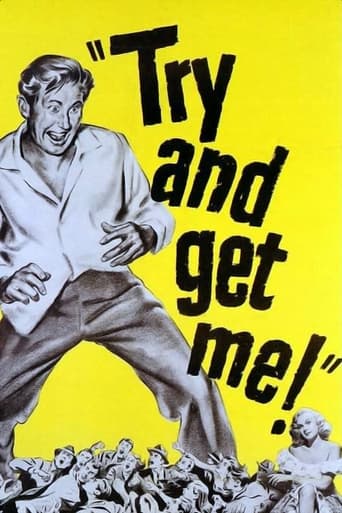

Watched this film tonight for the first time and expected a standard film noir but got a thrilling story of a heartless killer (Lloyd Bridges), a man whose life is spiraling out of control (Frank Lovejoy) and an ending that left me speechless. I am shocked that this film is not talked about more in the lists of the best noirs of all time.
... View MoreWhen Howard Tyler moved his family out west to California, he did not plan for unemployment to push them as close to breaking point as it has. Down on his luck, Howard is hanging out in a bowling lane when he meets the charismatic and generous Jerry Slocum. Slocum offers him a job that will pay really well and Howard gratefully accepts. When he learns that he is the driver in the robbery of a grocery store, he has misgivings but none that cannot be drowned out by the relief of having plenty of money in his pocket for the first time in years. However one thing leads to another and it is not long before Howard finds himself exceeding what he is willing to accept being part of but yet unable to get out.A late night "noir" double bill on channel 4 caused me to stumble across this film despite never having heard of it before. Although not strictly a noir, the film is an effective drama that does rely on the "normal" guy drawn into a destructive world of crime. The plot offers lots of potential in the dark content and is still good even if it doesn't really deliver on it. The narrative focuses on Howard's descent and I was surprised by morally quite how simplistic it all was. Howard's inability to deal with what he does is straightforward and the clear fate served him by the script is also quite easy. The media plays a part in the shape of journalist Gil Stanton and I hoped this would produce something of real insight but mostly he and other characters seem to exist to vocalise the moralising part of the script. They do make more of it towards the end but I wanted more in the way of consistency.The moralising and simplicity across the film does rather make for a weaker second half but the "descent" is by far the best part of the film. In terms of delivery it offers more dramatic scenes but this also means more meat for the actors to work with. Lovejoy's desperation but yet conflict is written across his performance and at its best is pretty good. Unfortunately for him, he is totally in the shadow of a really enjoyable turn from Lloyd Bridges. Bridges is cool, arrogant, angry, slick, vain, violent and unpredictable and he is easily the most memorable part of the film. Inexplicable then that the script lets him disappear for the vast majority of the second half of the film his absence is felt. Carlson tries to be the heart of the later debate but he cannot do it and comes over quite insincere and simplistic. Ryan, Locke, Jergens and others are so-so.Overall then this is an interesting moral drama that has plenty of good moments in the first half and plenty of potential in the second half's moralising. Bridges and Lovejoy deliver well in the first half. While it is a real shame that the second half feels weak, simplistic and no where near as intelligent and challenging as I wanted it to be, it is still pretty dark and interesting for the period and should be recognised for that.
... View MoreAn awesomely powerful look at the divide between social classes in the US circa 1950 culminating in the transformation of law-abiding citizens into a violent, blood-thirsty mob bent on taking the law into their own hands. The mass psychology of mob violence couldn't be better portrayed. I have no idea how this truly moving film could have fallen into obscurity. It's message that violence never resolves conflict is as painfully current today as it was in 1950. Will we never learn from the past? One of the darkest Noir films I've seen. Generates a successive waterfall of emotions spanning the spectrum of human experiences, needs and drives. Well acted and well worth watching. Very highly recommended.
... View MoreA bit preachy in the style of the day but a remarkable film. The opening is especially strong. Among the interesting touches, the movie lynch mob is made up mainly of college students wearing their school t-shirts. New York Model Adele Jergens didn't have much of a Hollywood career but she's right on the money in this one. Although the time frame is post WWII, the story is based on an actual lynching in San Jose, California, in 1933. Reporter Royce Brier of the San Francisco Chronicle won a Pulitzer for his account of the event.California Governor James Rolph Jr. was quoted as saying he would like to turn over all jail inmates serving sentences for kidnapping to the custody of "those fine patriotic San Jose citizens, who know how to handle such a situation."
... View More